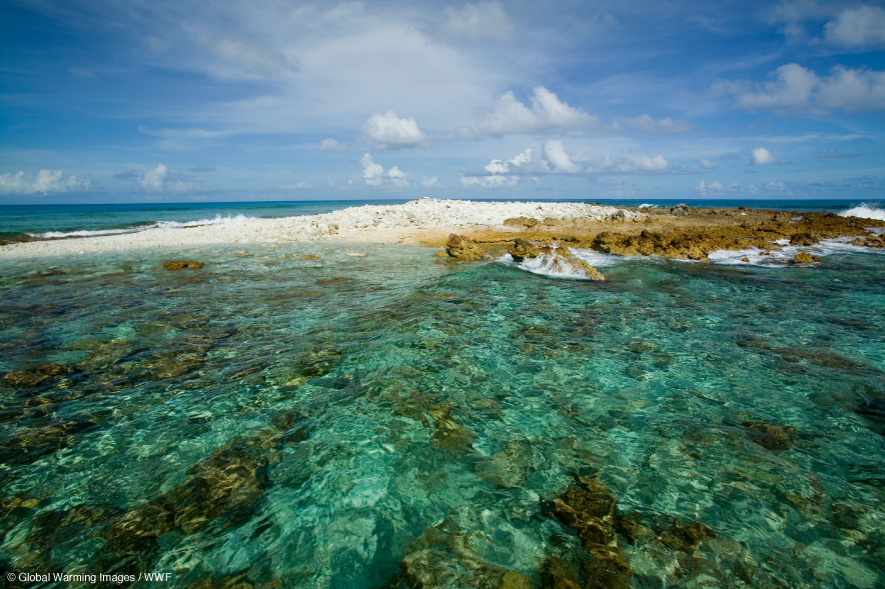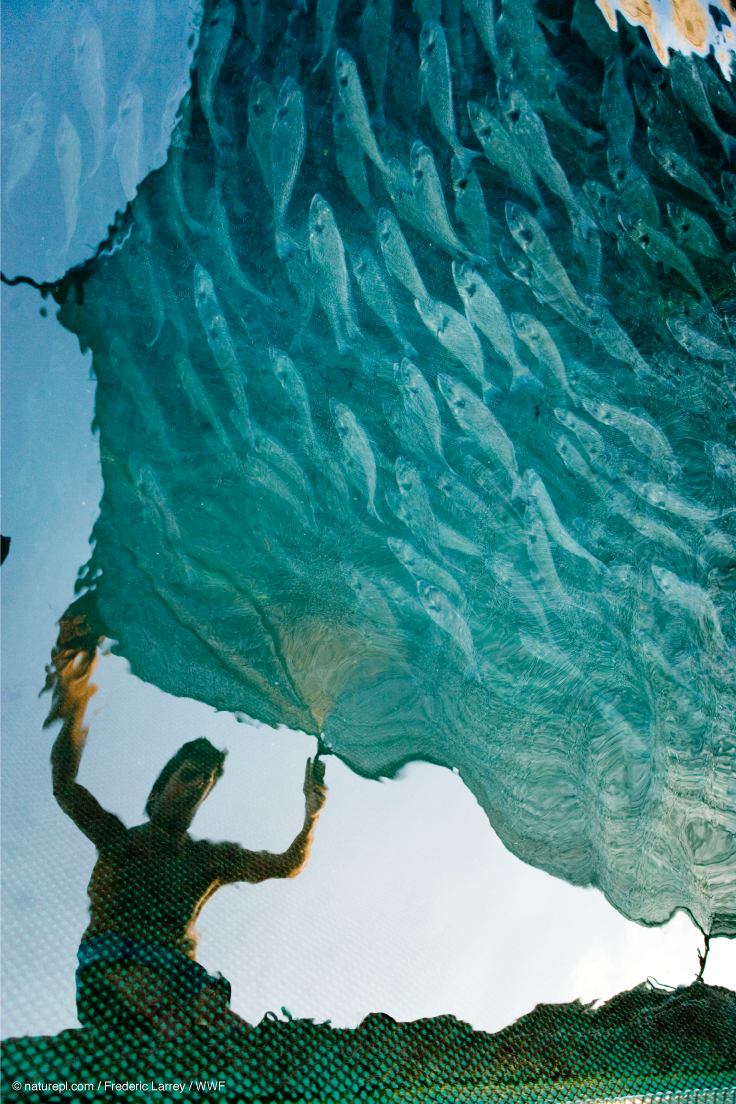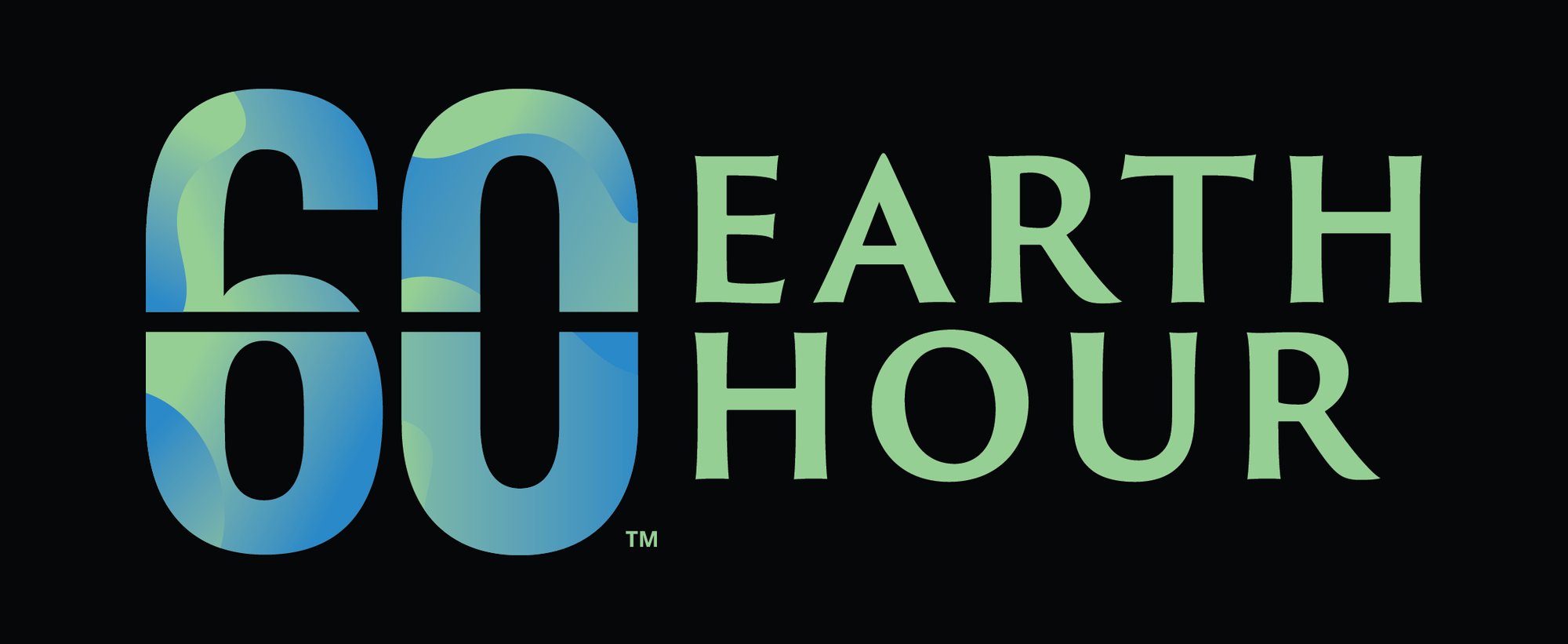
Our oceans produce half of the oxygen we breathe, and absorb 30 percent of the carbon dioxide we produce. They play an integral role in our fight against climate change. But threats such as overfishing, loss of habitat and pollution at sea are putting their health at risk.
We spoke with John Tanzer, Director of the Global Marine Program at WWF International, to find out what we can do to ensure that our marine ecosystems remain resilient and continue to provide us with precious goods and services.
1. Give us a brief background about yourself and your role at WWF.
John: I grew up in North Queensland, Australia on the coast adjacent to the Great Barrier Reef. Whenever I could, I went fishing and exploring with my father and grandfather who were both keen fishermen. Interested in the complex interactions between people and the environment from an early age, I studied environment and natural resource economics as an undergraduate, later completing a post-graduate degree in environmental law.
Throughout my career I have been privileged to work in various aspects of ocean conservation, primarily in fisheries and marine protected area management. I was Chairman and Chief Executive of the Queensland Fisheries Management Authority and later Executive Director of the Great Barrier Reef Marine Park Authority. I have also worked in the coral triangle in parts of South East Asia and the South pacific and am now Director of the Global Marine Program at WWF International.
2. Can you explain to us the linkages between the ocean and the climate?
John: The health of the world’s ocean and climate are linked in so many ways that it is useful to think of them as one large system with complex interactions occurring at every scale and creating far-reaching implications for life on earth and human wellbeing. For example, the ocean produces half of the oxygen we breathe, and absorbs 30 per cent of the anthropogenic emissions of carbon dioxide (CO2) and around 93 per cent of the added heat arising from human-driven changes to the atmosphere. This means the ocean is on the frontlines of the fight against climate change!
On the other hand, warmer water at various depths is causing significant migrations as underwater heatwaves disrupt long evolved patterns of nutrition and reproduction. A particularly insidious and damaging consequence of the rapidly increasing CO2 in the atmosphere is the increasing acidification of the ocean, which can significantly increase the stress on ecosystems dependent on carbonate forming animals such as coral reefs and oyster beds.

3. What are the threats to the ocean’s health today and how does climate change play a role?
John: The threats to the ocean’s health include overfishing and destructive fishing practices, marine- and land-based pollution and loss of critical habitat such as coral reefs, mangroves and seagrass beds. The impacts of these pressures are further exacerbated by climate change for the reasons outlined above. To tackle these threats, it is critical to understand that they are cumulative and dealing with any one in isolation is highly unlikely to be successful. Thus while it is critical to take steps to mitigate threats such as overfishing and loss of habitat and pollution at sea, it is also important to take steps on land such as transitioning towards a fossil fuel-free society to ensure our marine ecosystems maintain their resilience and continue to provide us the many goods and services we sometimes take for granted.
4. Share with us the most inspiring or moving story of climate action you have experienced on the ground.
John: When I was working in Australia a few years ago, there was much controversy about climate change (at a political level) with politicians arguing over whether it was real and what action needed to be taken (if at all), resulting in a stalemate and inaction. The young daughter of a friend of mine decided to take matters into her own hands, choosing to walk from Brisbane to Sydney to highlight the problem of climate change. She was not a scientist and not previously politically active but she wanted to make a difference and was convinced she had to try. In the end, her efforts gathered a lot of media interest, raised funds and most importantly, inspired other young people to get engaged.
Similarly when I was working in the South Pacific, I was very moved by the determined and passionate efforts of island communities in Papua New Guinea and the Solomon Islands to raise awareness and advocate for action on climate. They were not seeking to emigrate or for handouts but were quite simply dedicated to enabling concerted action by those primarily contributing to the problem.

5. What actions do you think people and countries can take to save the ocean and change climate change?
John: First of all, it is critical to take concerted action globally to reduce our production of CO2. We need to do all we can to stimulate the development and adoption of renewable energy. This is the only thing that will enable a turning around of the negative impacts of climate change on the ocean- and our planet.
We must also look towards implementing an integrated course of action that deals with unsustainable fishing practices (overfishing as well as destructive fishing), pollution and the loss and destruction of critical marine habitat. We already have the knowledge and tools to do this at the local, regional and global levels. What we are desperately short of is political will which is what the recently launched WWF report ‘'Reviving Ocean Economy-The Case for Action 2015” hopes to address.
The irony is that it is our own actions that are rapidly eroding the capacity of the ocean to continue to provide necessities like food, shelter, security and enjoyment and be a natural defence against climate change. However, while human beings may be at the heart of the problem, I sincerely believe they also have the capacity to deliver the urgent solutions- the time to act is NOW.
climate change, voices of climate change, interview
